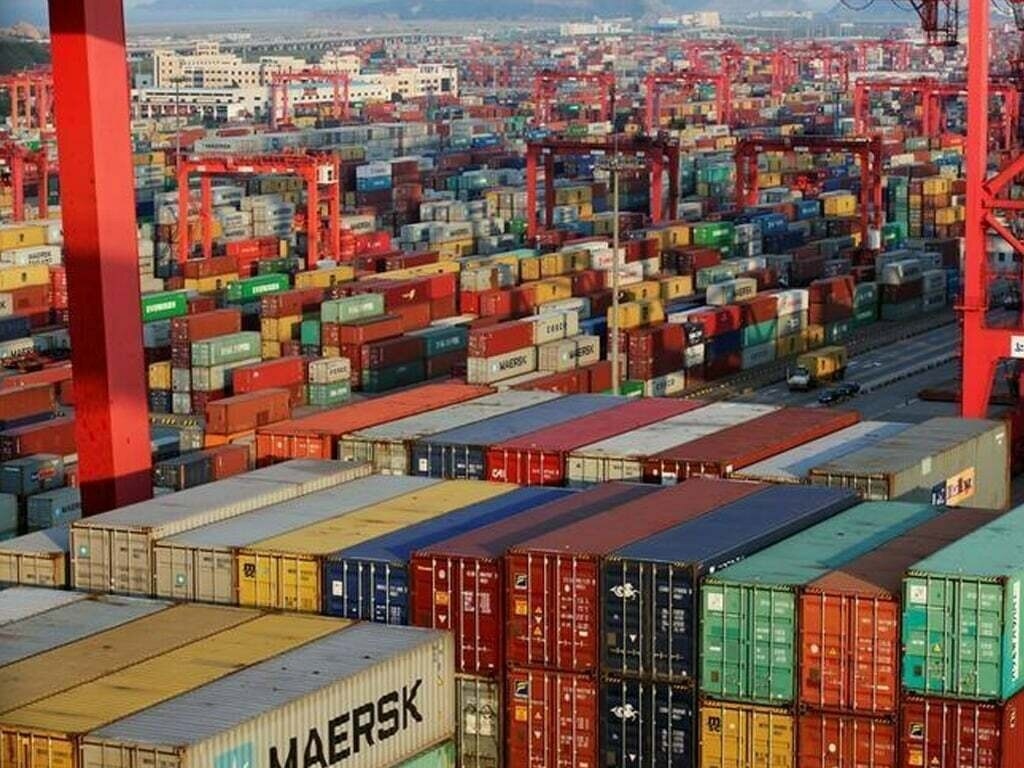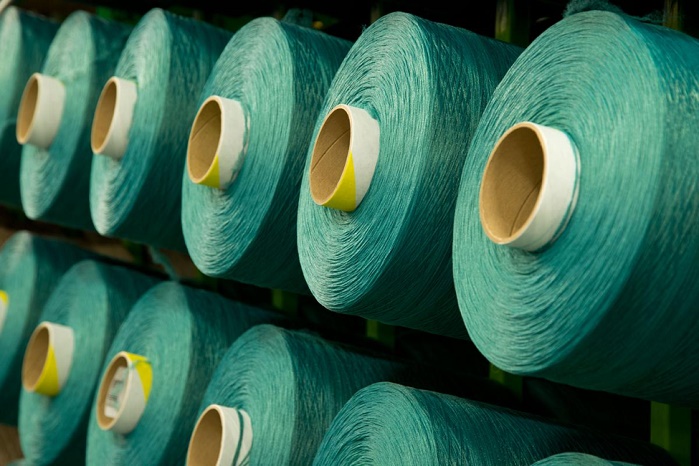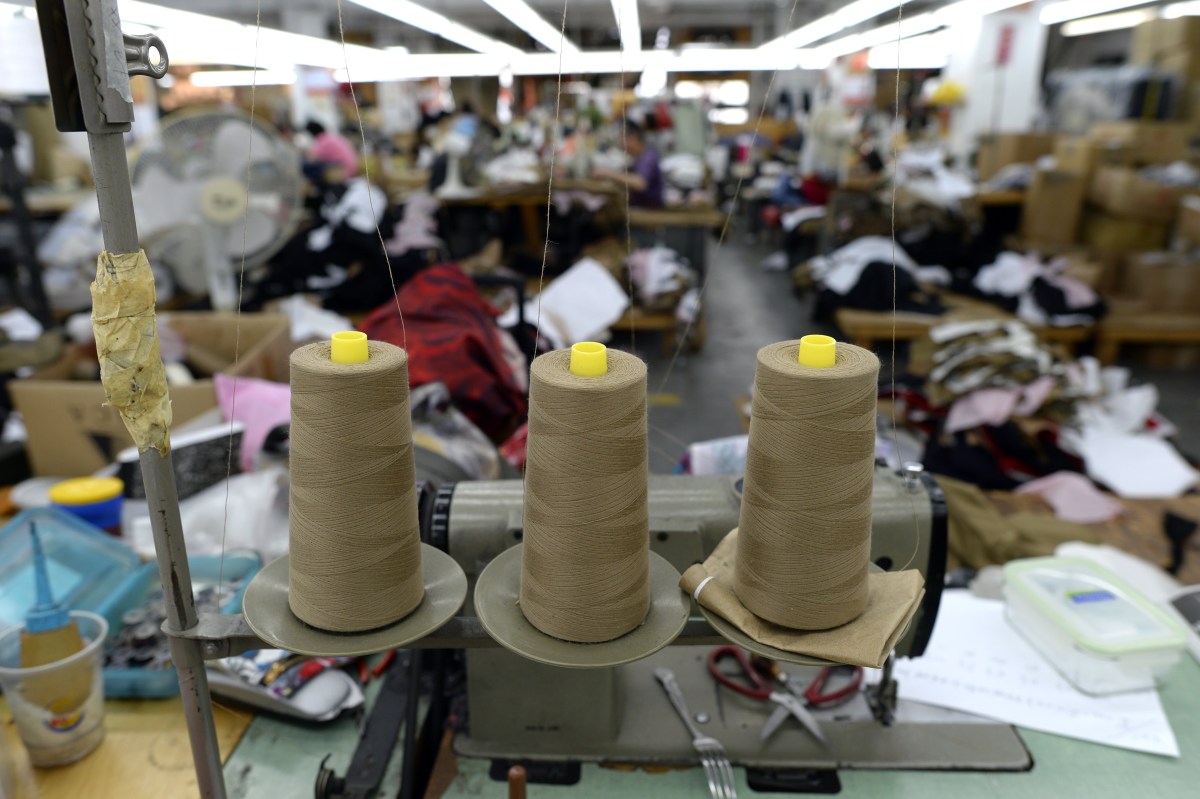
Though a slowdown in China, political unrest in Bangladesh and labour and other issues in Vietnam gave an opportunity to Indian textile exporters, the segment managed to expand its performance by just 8.2 per cent over the last three years. While the average annual growth rate of Chinese textile and clothing exports slowed to 6.1 percent since 2012 from as high as 20.1 per cent in 2011, India’s average expansion rate is just 8.2 percent against 15.8 per cent growth rate reported by Vietnam since 2012. Even Bangladesh, despite all the challenges it has been facing, has managed a growth rate of 7.8 per cent.

Experts have blamed lack of incentives, excessive emphasis on cotton fibre and handlooms by the government, flip-flop in raw material policy, faulty duty structure in the man-made fibre segment where imports of certain raw materials like PTA are taxed higher than those of finished products and inflexible labour laws as hurdles to the growth of the textile and apparel sector. The withdrawal of certain export incentives in the recently-announced foreign trade policy 2015-20 will further make a negative impact.
However, according to Texpreneurs, a forum formed by Tamil Nadu based textile entrepreneurs, against seeking sops from the government, which is preparing a report based on corporate economic advisor, Ritesh Kumar Singh’s suggestions on boosting textile exports through trade pacts, , a well-conceived trade pact can open up opportunities on the textile export front, but a badly negotiated free trade pact can lead to unintended consequences, like SAFTA (Agreement on South Asia Free Trade Area). Singh points out that with the WTO obligation forcing India to phase out all its export incentives for the textile sector by end of 2015, on the other hand the Indian textile industry and policy makers are too focused on export incentive scheme for export promotion, which does not augur well for the industry. “The key to survive in the long run would be to seek improved trade facilitation and basic infrastructure,” he asserts.











